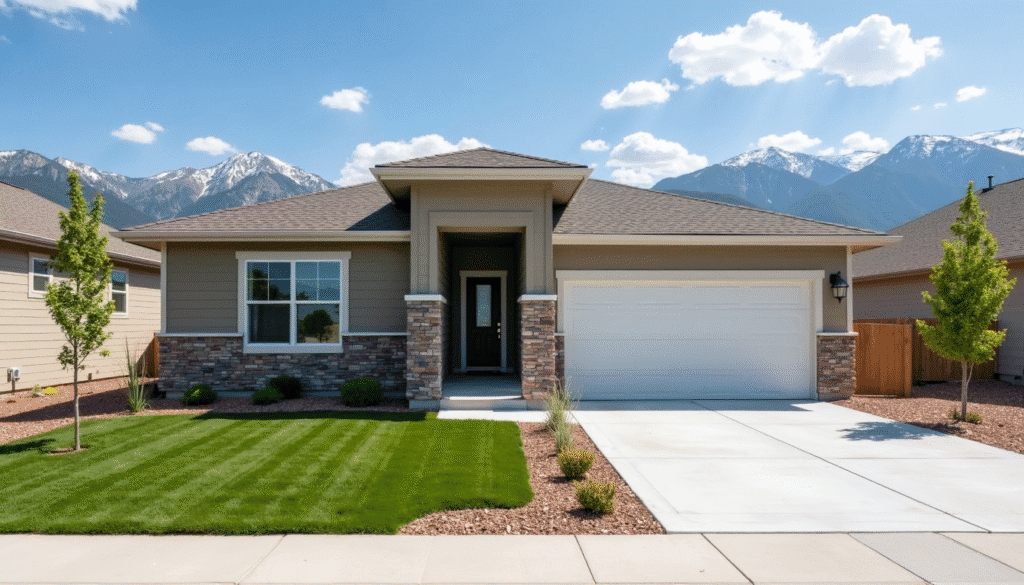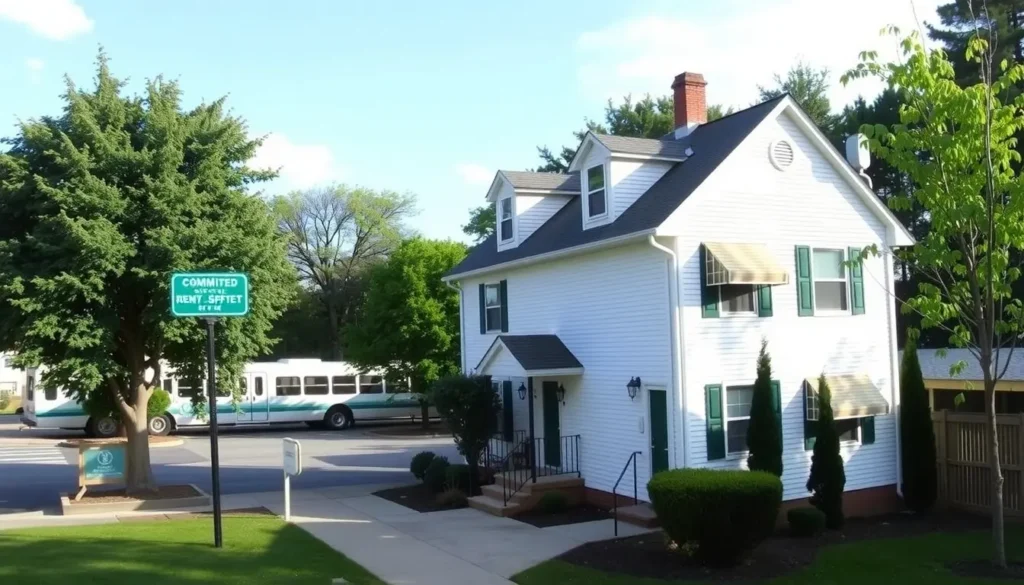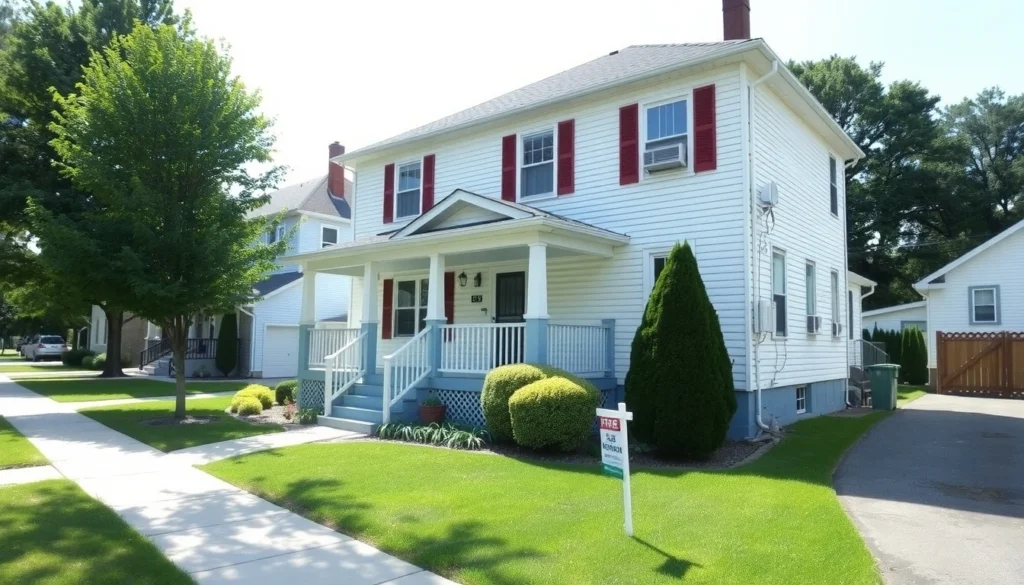Rental turnover is a critical aspect of property management that significantly impacts profitability, especially when dealing with high turnover rates. In 2024, understanding the dynamics of tenant turnover and implementing effective strategies to manage it is more important than ever.
What is Rental Turnover?
Rental turnover refers to the percentage of tenants who choose not to renew their leases and instead move out when their lease expires. It includes the time taken to prepare a property for new tenants after a previous tenant vacates. High turnover rates can lead to increased costs due to lost rental income, maintenance expenses, and marketing efforts to attract new tenants.
Current Trends in Rental Turnover
Recent data indicates that the national rental retention rate was approximately 54.8% as of August 2022, with trends suggesting that retention rates have generally improved since the COVID-19 pandemic. However, fluctuations in the rental market trends have been observed, particularly in 2024, where single-digit turnover rates are becoming more common due to economic factors influencing tenant decisions.
Key Statistics High Turnover Rates
- 80% of apartment turnovers occur from May through September.
- The average national turnover rate was 45.2% in 2022.
- Approximately 20% of renters remain undecided about lease renewals, with 50% ultimately choosing not to renew.
Strategies to Reduce Tenant Turnover
To effectively manage tenant turnover, property managers can implement several strategies:
-
Enhance Property Maintenance and Upgrades: Regular maintenance and timely upgrades can significantly improve tenant satisfaction. High-quality property management services can ensure that all tenant needs are met.
-
Foster Community Engagement: Organizing events and creating social media groups can help build a sense of community among tenants, which can reduce apartment turnover.
-
Utilize Technology: Implementing property management software can streamline processes like maintenance requests and rent payments, making life easier for tenants.
-
Offer Incentives for Lease Renewals: Consider providing discounts or upgrades to encourage tenants to stay longer and go through the lease renewal process.
-
Conduct Exit Interviews: Understanding why tenants leave can provide valuable insights into areas needing improvement. By addressing concerns, property managers can reduce high turnover rates.
Calculating Rental Turnover Rate
To calculate your rental turnover rate, use the following formula:
Turnover Rate=(Number of Residents Moved OutTotal Number of Residents)×100\text{Turnover Rate} = \left( \frac{\text{Number of Residents Moved Out}}{\text{Total Number of Residents}} \right) \times 100Turnover Rate=(Total Number of ResidentsNumber of Residents Moved Out)×100For example, if you have 1,352 residents and 487 moved out, the calculation would be:
Turnover Rate=(4871352)×100≈36.02%\text{Turnover Rate} = \left( \frac{487}{1352} \right) \times 100 \approx 36.02\%Turnover Rate=(1352487)×100≈36.02%Table of Key Takeaways
| Aspect | Details |
|---|---|
| Average National Retention Rate | 54.8% (as of August 2022) |
| Peak Turnover Months | May – September |
| Average Turnover Rate | 45.2% (in 2022) |
| Key Strategies | Maintenance, Community Engagement, Technology |
FAQs
What are common causes of rental turnover?
- Inefficient property maintenance
- Communication issues
- Drastic rent increases
- Poor property conditions
How can technology help reduce turnover?
Technology can streamline communication between tenants and management, facilitate prompt maintenance requests, and enhance the overall tenant experience.
What should I do if my turnover rate is high?
Analyze feedback from tenant screening and exit interviews, assess property conditions, and consider implementing retention strategies such as incentives or community-building activities. Additionally, addressing issues within the eviction process can help manage high turnover rates.
Conclusion
Managing high turnover rates effectively is crucial for maintaining profitability in rental property management. By understanding current rental market trends and implementing targeted strategies, property managers can enhance tenant satisfaction and reduce turnover rates.
This version incorporates SEO-focused keywords, tables, and FAQs that answer common questions. The Markdown links help improve the reading experience while boosting engagement and contextual relevance.






